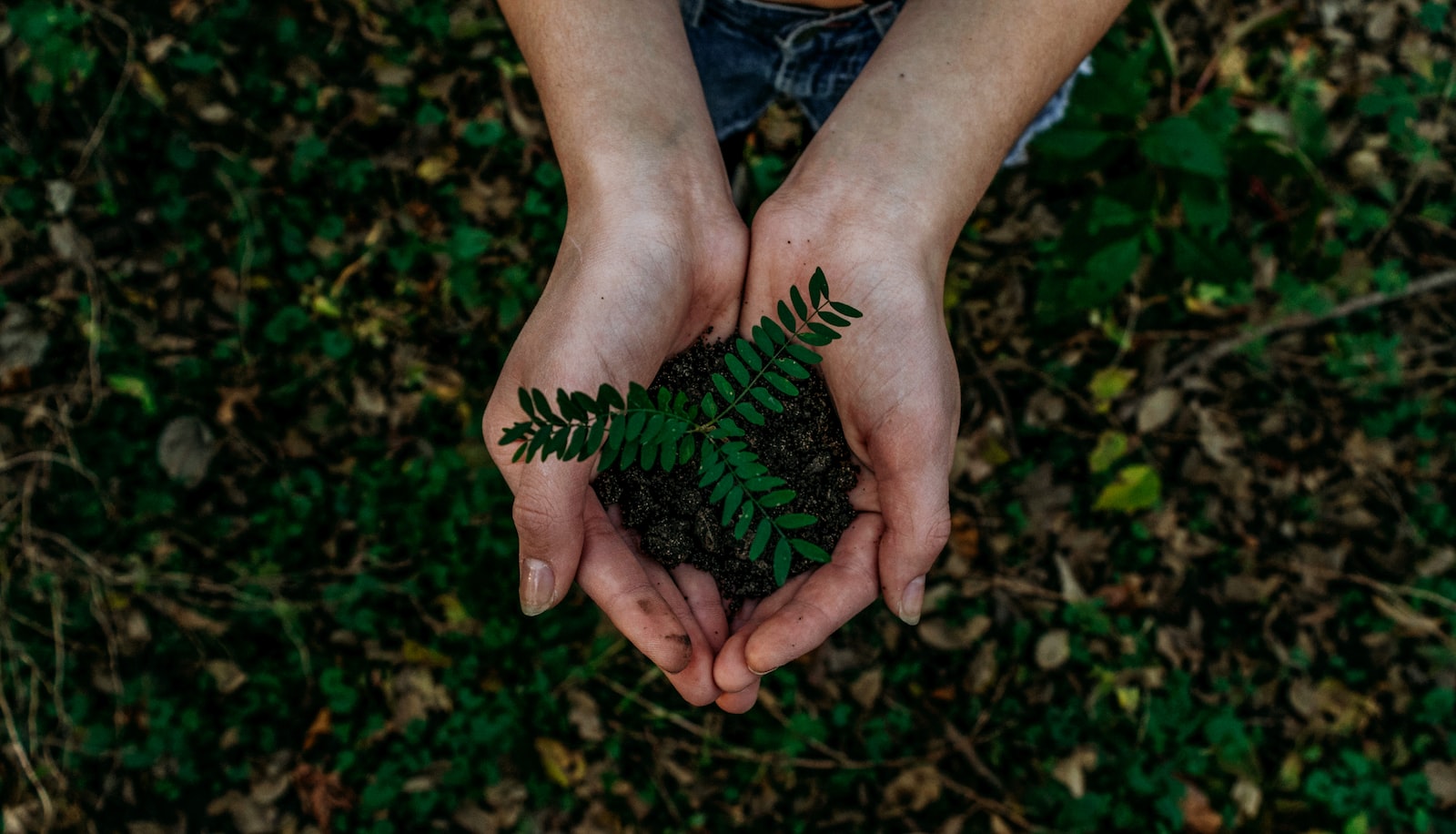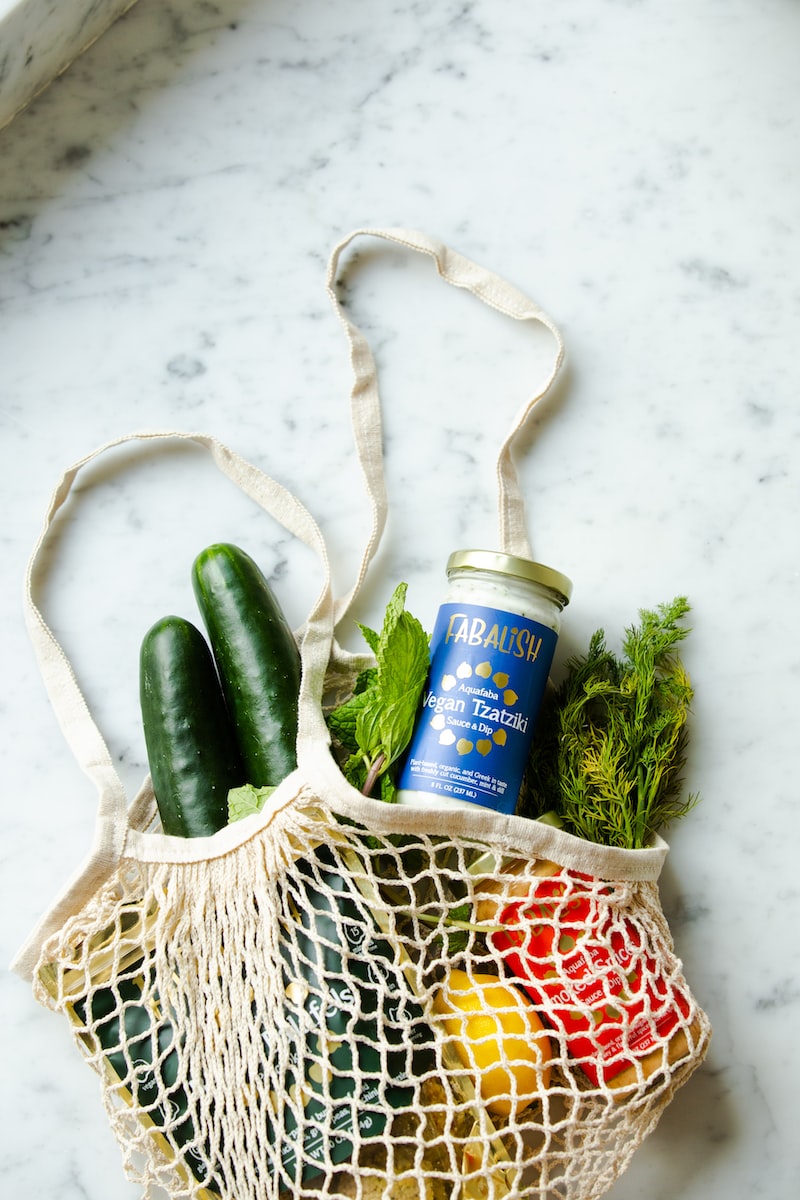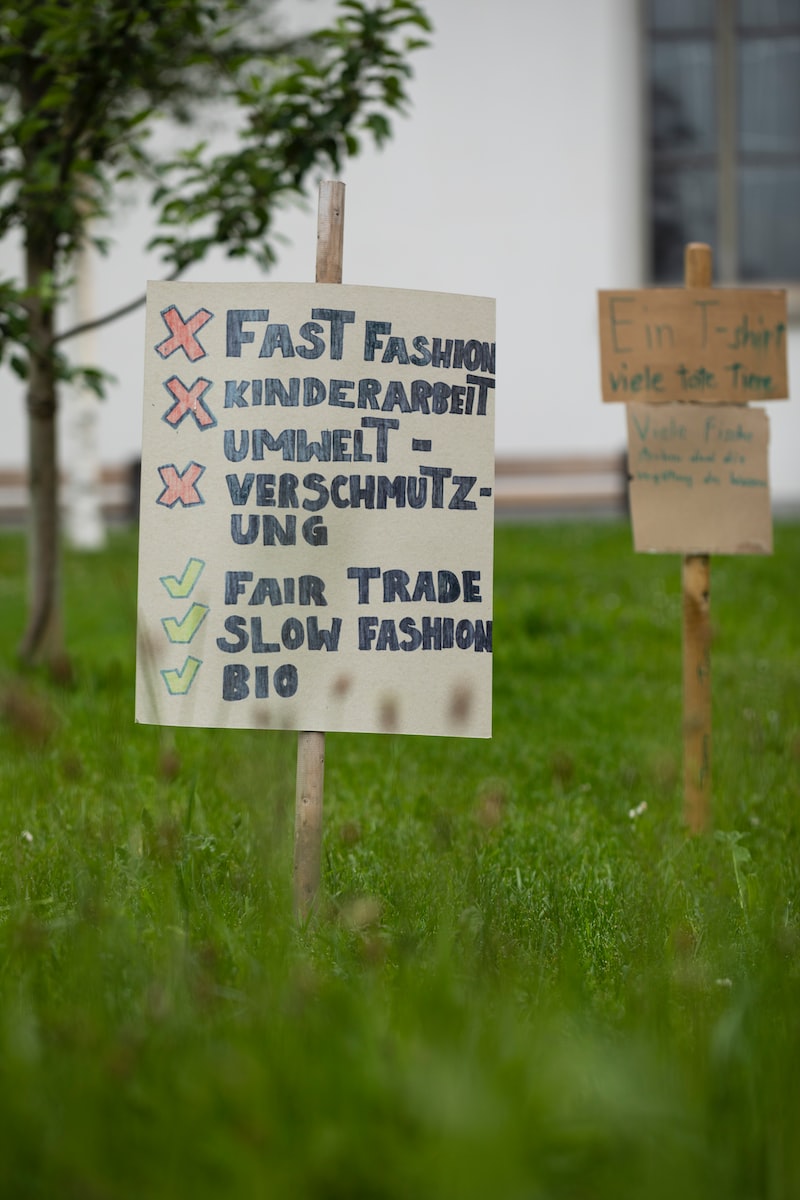Some of the food we consume, whether it be in their production or transportation, are unknowingly unhealthy for the planet. When we sit down for our meals, we do not always think about the environmental impact of the food that we are eating. The production cycles behind certain foods have a large carbon footprint as they require a lot of water or is a driver of deforestation. It is important that we eat healthy food to sustain our physical health, but it is important to recognize that there are healthy foods that are unhealthy for the planet. Here’s a quick list:
Bananas
The environmental impact of bananas is not so much in the production of the fruit, but more in exporting them to other countries across the world. According to One Green Planet, bananas are one of the most widely consumed foods in the world and the most popular fruit too. Bananas are brought in from South America, and according to a Swedish study, their spoilage rates are high. From this study, we learn that bananas produced the highest wasted mass for grocers and the highest environmental cost due to this waste.
One solution: buy overripe bananas. They are easily frozen and are a great option for baking or using in smoothies. By purchasing overripe bananas, the efforts of growing and transporting them will not go in vain. You can also buy other seasonal and local fruits instead of bananas.
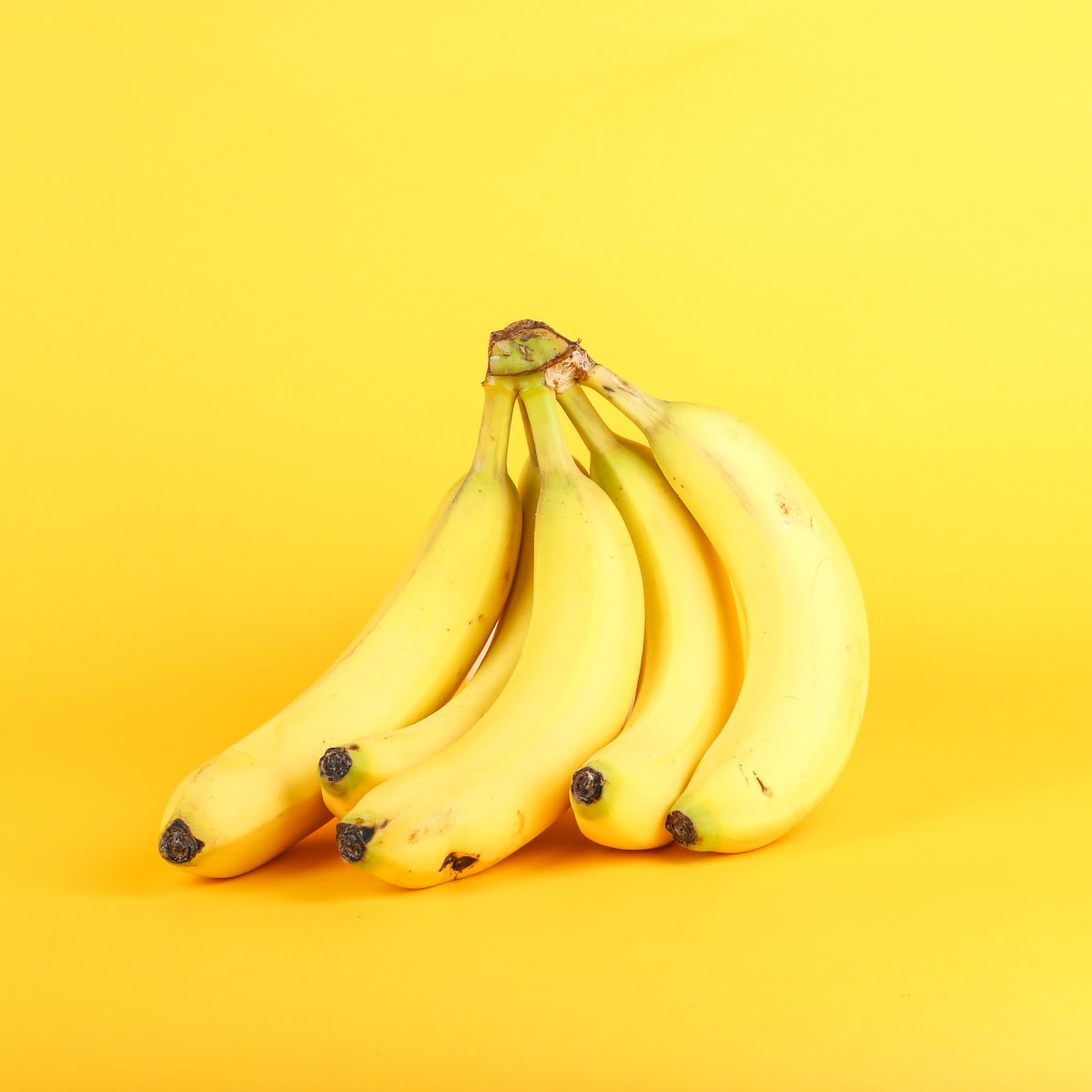
Photo by Giorgio Trovato
Avocado
In any market, production has to meet demand. So when there is high demand, production needs to go up proportionally. Over the past few years, this is what is happening with avocados. The high demand for avocados has attracted more growers to cultivate them. This is how healthy foods become unhealthy for the environment.
Avocados require a lot of water to grow. Based on Danwatch investigative media & research centre, approximately 70 litres of applied fresh ground or surface water are required to grow one avocado. Transportation of avocados to markets also adds to the carbon footprint. From packaging and storing the fruit at the right temperatures to surviving long distances, many things add to the already high environmental burden.
Some alternatives: Try edamame. This whole, immature soybean is extremely healthy for the body and supplies all essential nutrients including vitamins, iron, magnesium and calcium. It is also the perfect substitute for avocados in terms of taste and range of use. Second, hummus can also be another good alternative to avocado dips. Finally, chia seeds can provide the same high nutritional value that avocados can. They are high in protein, rich in fibre, magnesium and calcium and contain omega-3 fat.
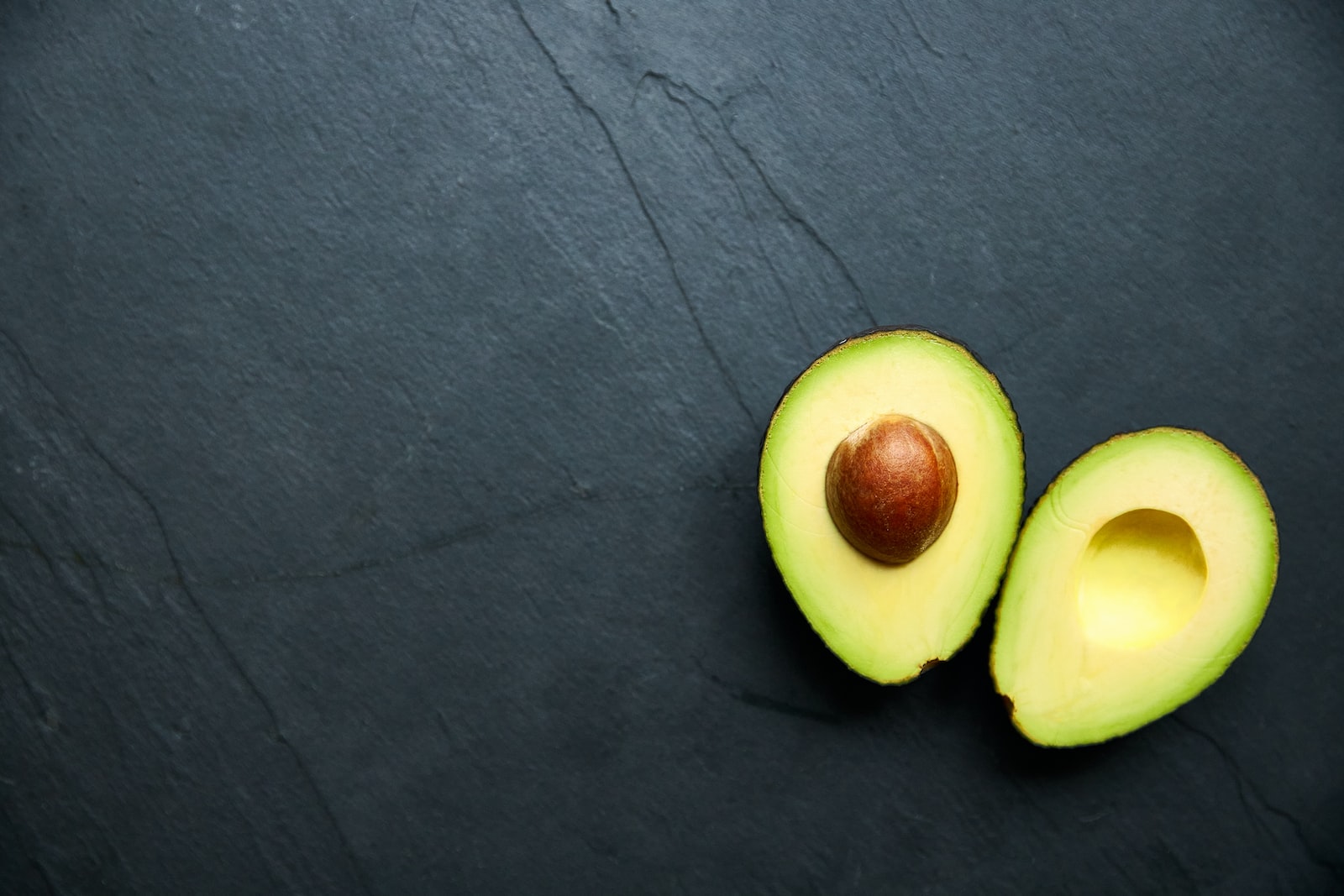
Red Meat: Beef & Lamb
Unsurprisingly, red meats, particularly beef and lamb rank at the top of the list when it comes to the highest carbon footprint. Producing a kilogram of beef emits 60 kilograms of greenhouse gases and requires over 900 gallons of water.
Some better options: If eating meat is essential for you, try replacing red meats with chicken breast or fish. Not only are these healthier meat options, but they also have a lower environmental footprint. Also, try swapping those meat-based meals with beans or legumes. They are high in protein, low in fat and can be thrown into a variety of tasty vegetarian or vegan recipes.
Cheese
If you’re a cheese lover, it may surprise you that cheese wounds up high on the list of healthy foods that are unhealthy for the planet. A lot of milk is used to make a small amount of cheese. Dairy cows release large amounts of methane, which is a greenhouse gas that is worst than carbon dioxide. On top of this, dairy cows require a big amount of feed and antibiotics.
Some better options: The first option is to eat less cheese. But what if you love cheese too much? While you may not be able to go without, eating lower-fat cheeses, such as skim mozzarella, feta, chèvre, brie, Camembert and cottage cheese have a lower impact on the environment and your health. Also, choose local cheeses rather than imported ones. They are better for the environment.
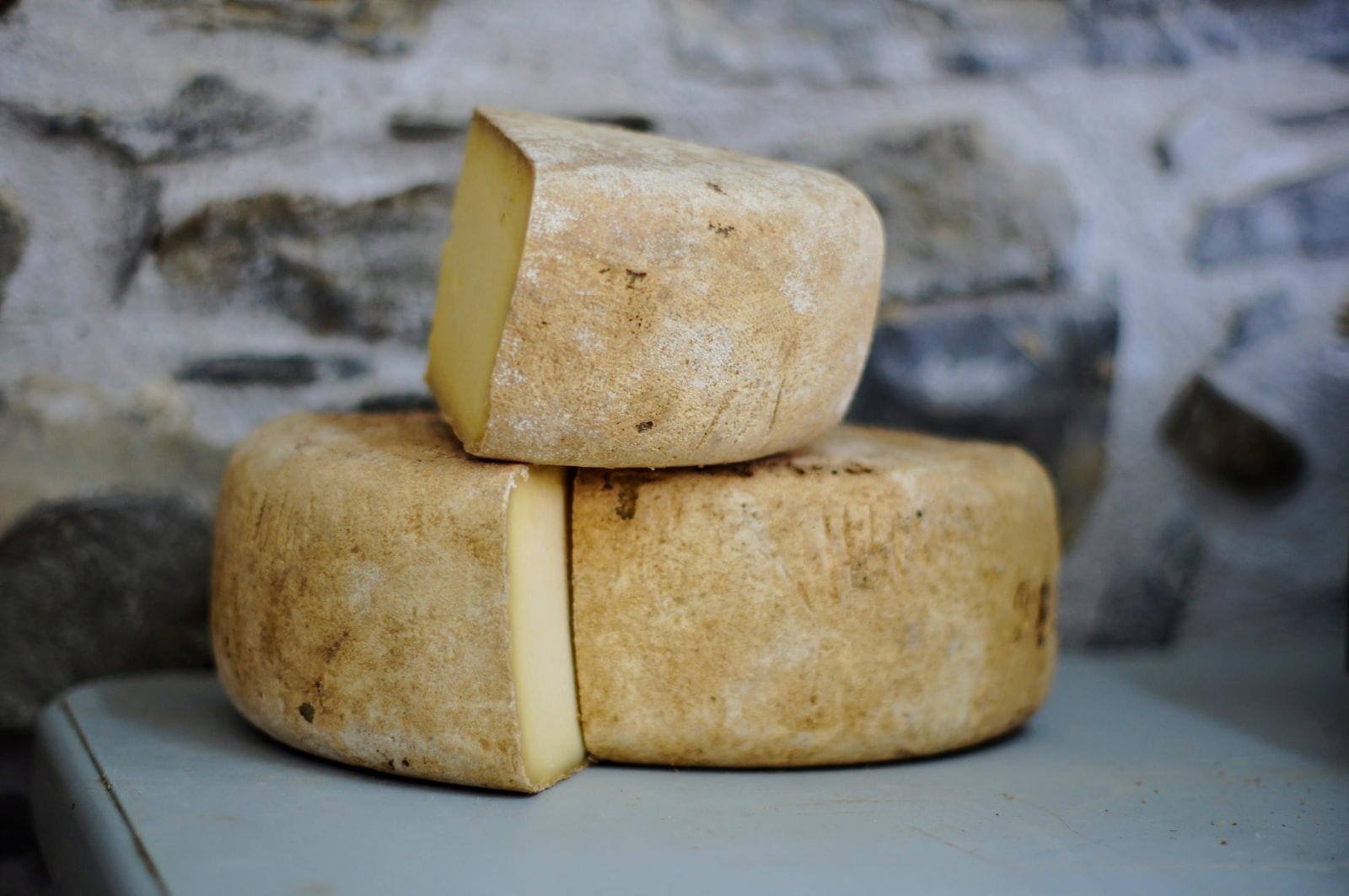
Photo by Alexander Maasch
Dairy
Dairy cows and their manure produce greenhouse gas emissions which contribute to climate change. Poor handling of manure and fertilizers can degrade local water resources. Unsustainable dairy farming and feed production can lead to the loss of ecologically important areas, such as prairies, wetlands and forests. An alternative to dairy: plant milk and plant-based products.
Chocolates
Wait, chocolate is on the list of healthy foods that are unhealthy for the planet? Unfortunately, yes. And at certain times of the year (Halloween, Christmas, Valentine’s Day and Easter holiday), the chocolate industry explodes. But could all this cocoa be bad for the environment?
Chocolate products are the most widely spread type of dessert and snack that is available around the world. Research from the World Economic Forum shows that the “commercial chocolate industry is shrinking rainforests, emitting significant levels of carbon dioxide into our atmosphere, and contributing to climate change.” Chocolate has a large environmental footprint: from cultivation to transportation to processing methods and distribution.
For more resources on how to live a more sustainable life, check out our magazine.



